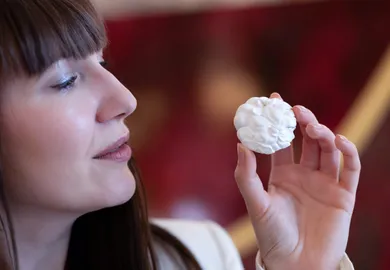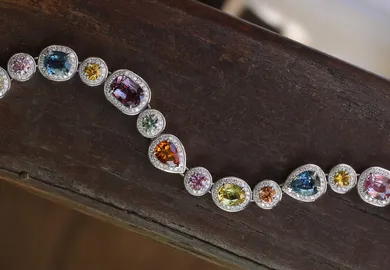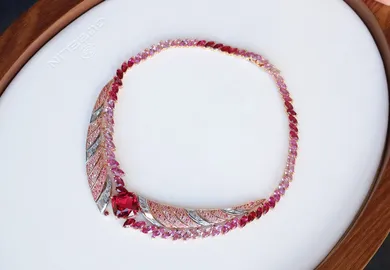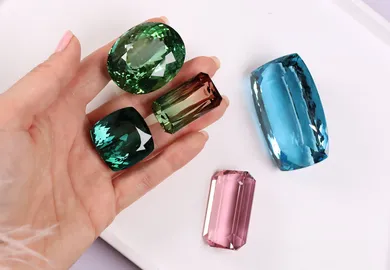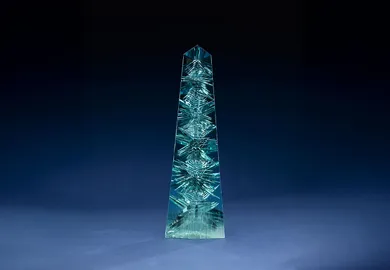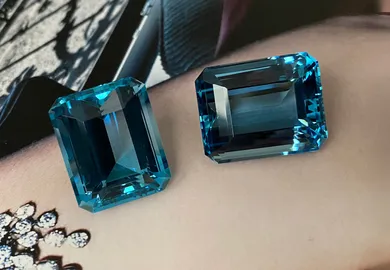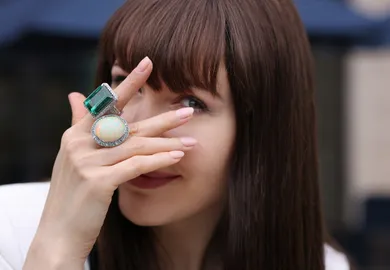
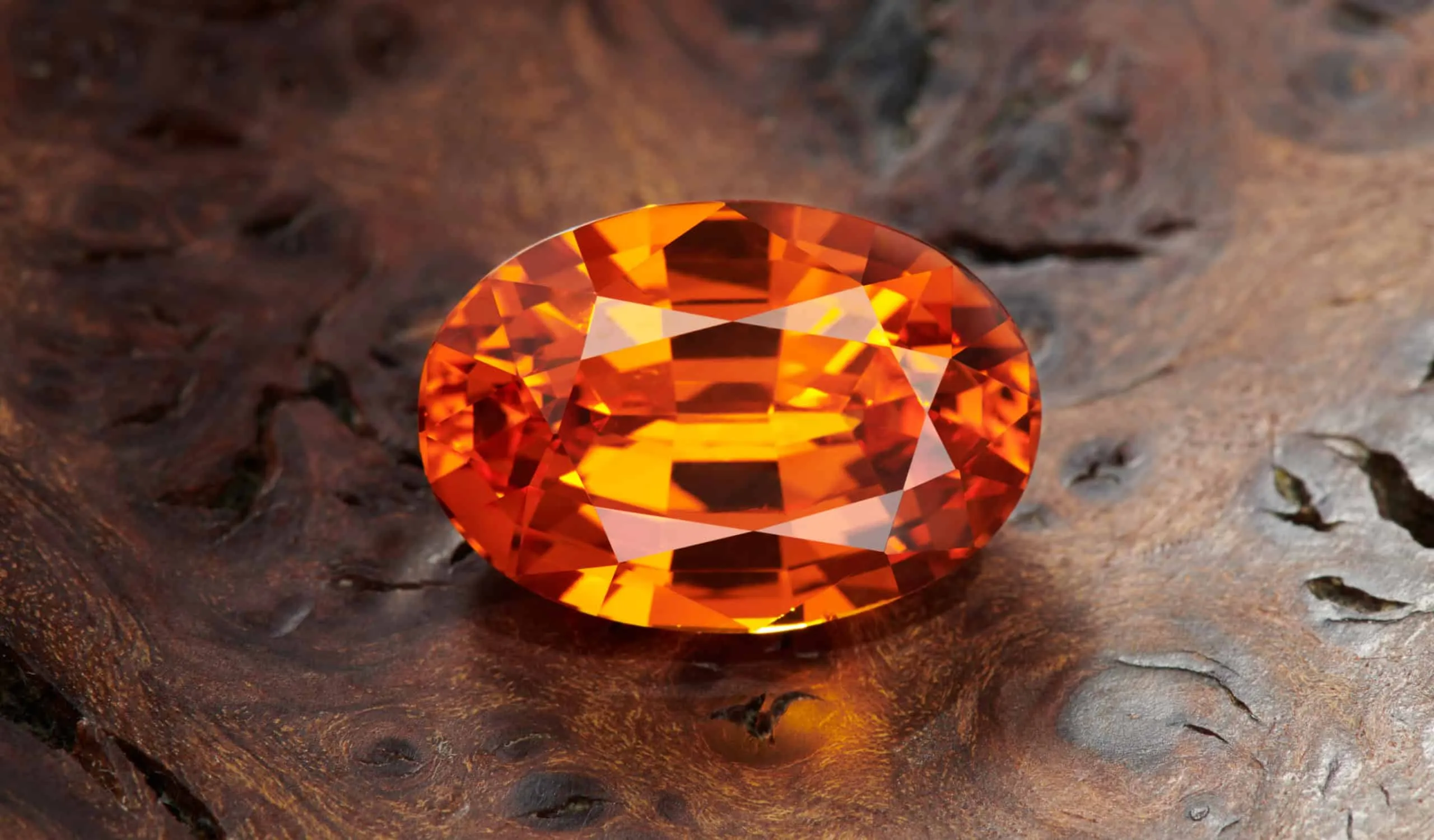
Glorious Garnets: Why This Lesser-Known Gemstone is Undergoing a Renaissance
Among the oldest known gemstones, the garnet, January’s birthstone, has been prized for more than 5,000 years. Found in the jewellery of Egyptian pharaohs and ancient Romans, the Victorians adored the red variety of garnet for which this gemstone is best known. Jewellery in the 19th century wasn’t just an accessory; it was a vehicle of expression. The garnet’s rich red colour was seen as a symbol of love, passion and the heart’s desire.
One of the most misunderstood gemstones in the mineral kingdom, the colour red played an essential role in the naming of the garnet. Derived from the Latin word ‘granatus’, meaning grain or seed, garnet is believed to be a reference to the red seeds of the pomegranate. This led to the common misconception, still very much alive today, that all garnets are red when, in fact, their colours span the spectrum. Virtually unheard of in the jewellery industry just a decade ago, garnets have shed their dusty image and emerged as a gemstone with enormous collecting potential. Join us as we step inside the dizzying world of garnets and speak to the dealers and jewellers who are leading the way in drawing attention to the greatness of this lesser-known gemstone.
This story is available to Katerina Perez Club members.
In the continuation of the story:
• Find out how garnets, treasured for over 5,000 years, symbolize love and passion across a variety of colours.
• Discover the allure of rare garnet varieties like tsavorite, mandarin, and demantoid, coveted by collectors.
• Learn why garnets’ durability and brilliance make them perfect for high-quality, untreated jewellery.
• See why garnets are becoming more popular, offering affordability compared to sapphires and emeralds.
Premium Membership
£15/month
Billed monthly. Cancel anytime*
Elite Membership
£13/month
Billed annualy. Cancel any time*
Already have an Account?
